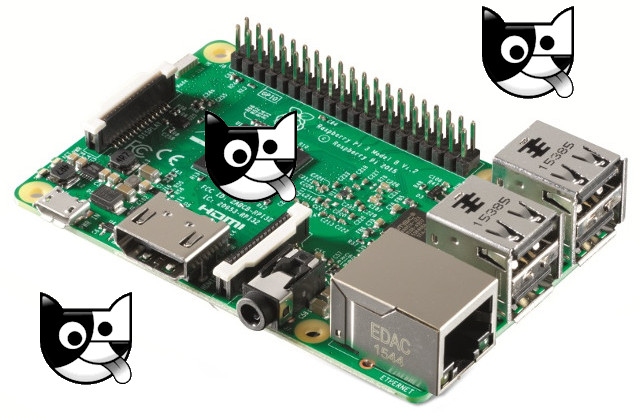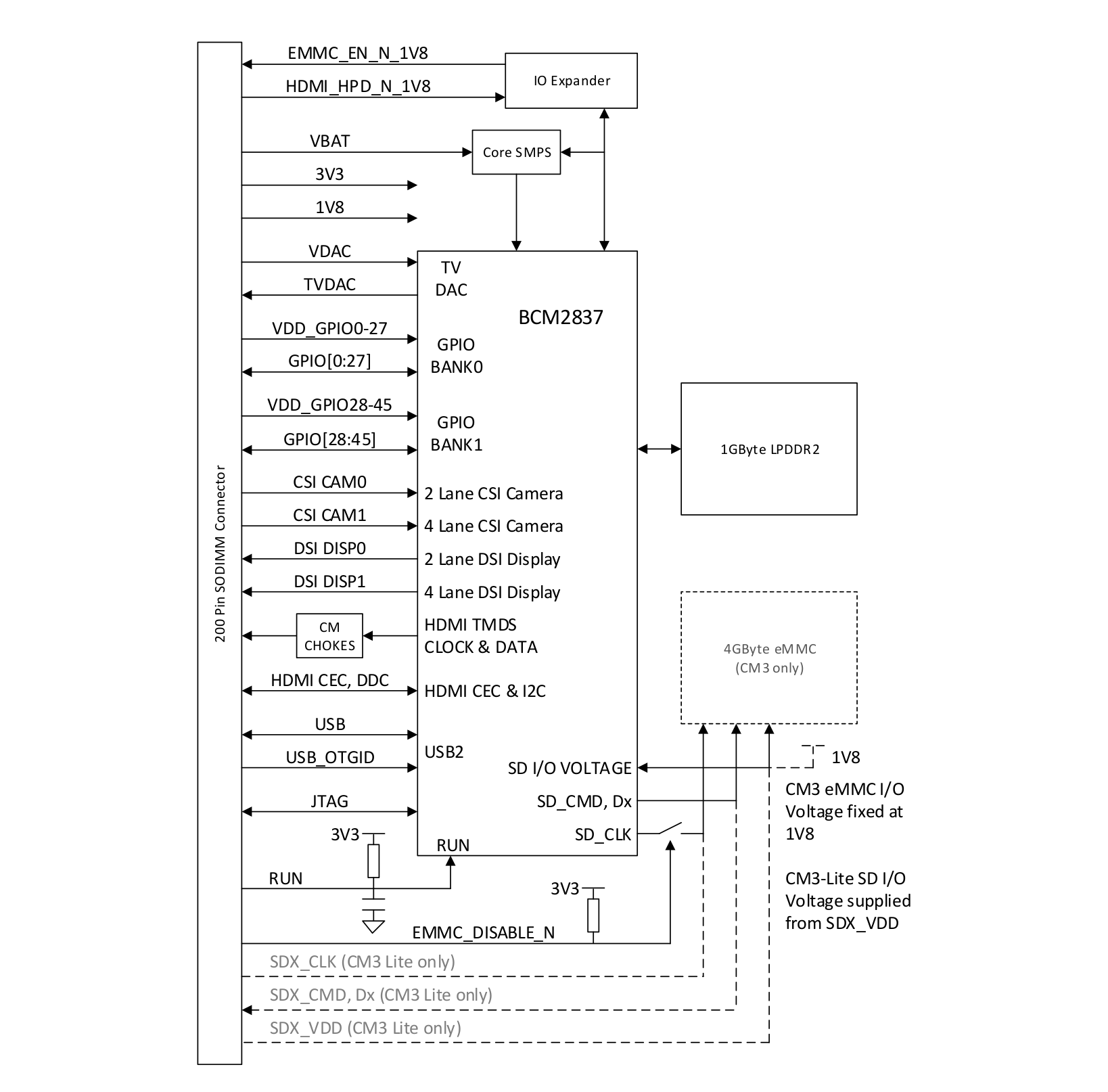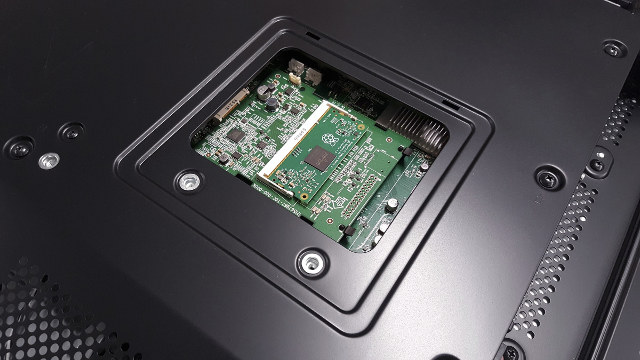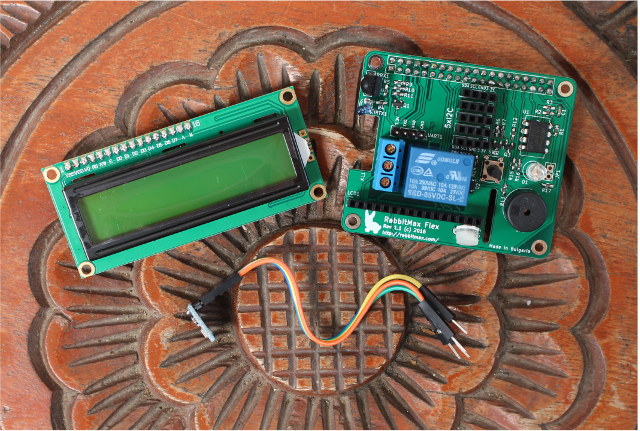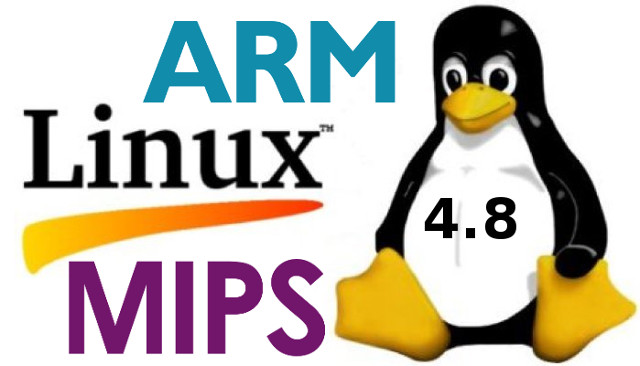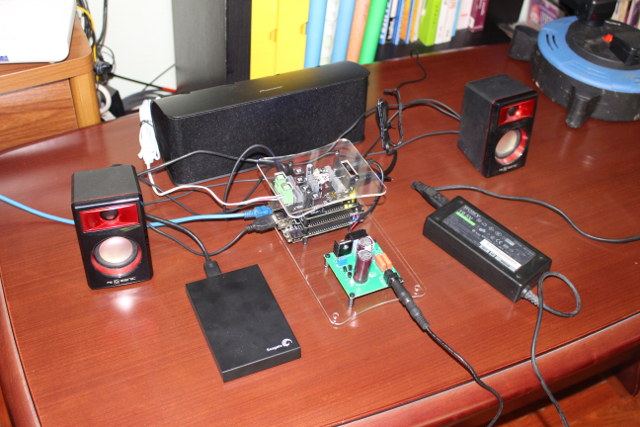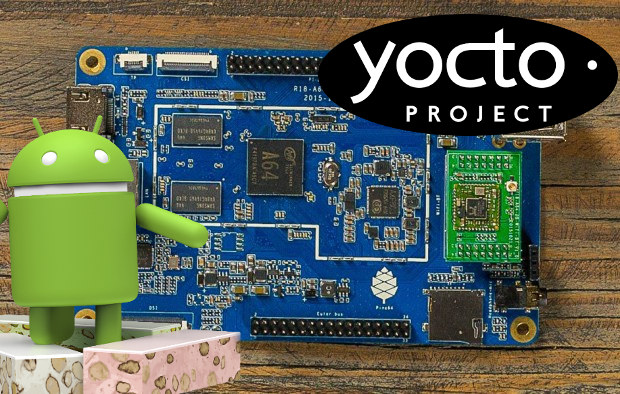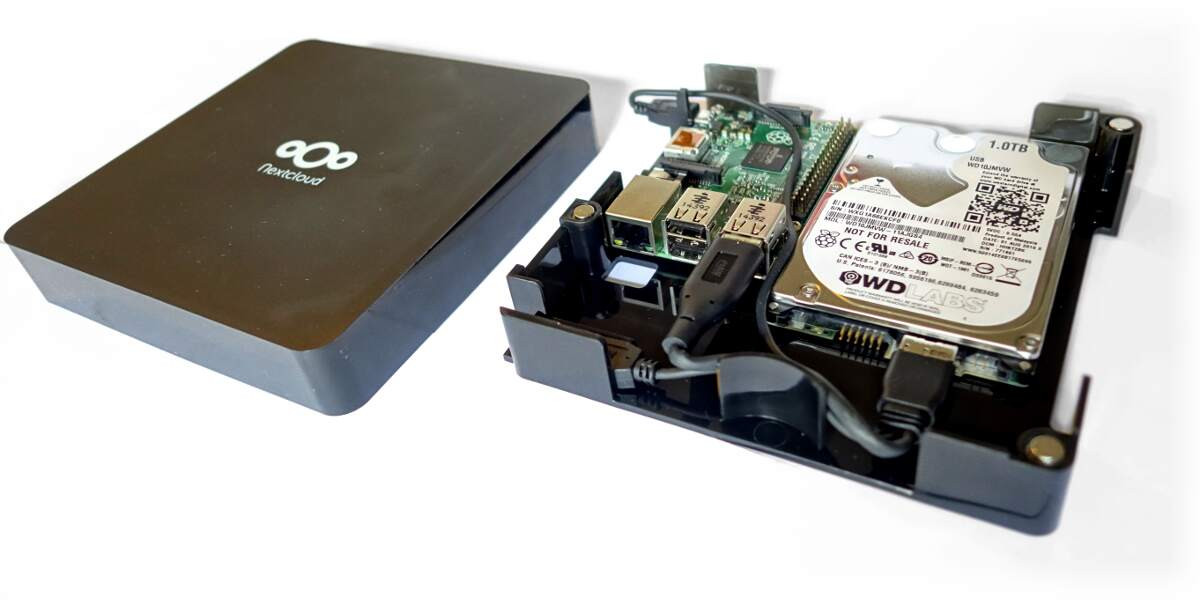Barry Kauler, the creator of Puppy Linux, may have retired from maintaining Puppy Linux a few years ago, but he appears to be still active, as he’s just released Quirky Linux 8.1 for Raspberry Pi 2 and Pi 3 boards, a lightweight Linux desktop distribution based on Ubuntu Xenial Xerus 16.04, and including LibreOffice & Inkscape to have the same out of the box experience as Raspbian, but with a 360 MB download size instead of 1.3 GB for Raspbian. A build for ODROID-XU4 development board should also be coming soon. The image has been designed for 8GB micro SD card, and needs to extracted and dumped onto the card with the usual Win32DiskImager or dd tools. There are three mirrors for quirky-pi2-sd-8gb-xerus-8.1.img.xz firmware: iBiblio.org, nluug.nl, and archive.org. You can read the full release notes if you want more details. In case you don’t have a spare micro SD card, […]
Raspberry Pi Compute Module 3 (CM3) and Compute Module 3 Lite (CM3L) Datasheet Released
Last week NEC announced they were going to use Raspberry Pi Compute 3 Module in some of their presentation and digital signage displays. This led to a longish discussion in the blog post, during which one commenter left a link to Raspberry Pi Compute Module 3 datasheet, so let’s have a look. There will actually be two version of the Broadcom BCM2837 based Compute Module with CM3 with a 4GB eMMC, and CM3 Lite (CM3L) without eMMC, but SD card signal are available to the baseboard. Apart from storage differences, both modules shared the same specifications: SoC – Broadcom BCM2837 quad core Cortex A53 processor @ 1.2 GHz with Videocore IV GPU System Memory – 1GB LPDDR2 Storage CM3 Lite – SD card signals through SO-DIMM connector CM3 – 4GB eMMC flash 200-pin edge connector with: 48x GPIO 2x I2C, 2x SPI, 2x UART 2x SD/SDIO, 1x NAND interface (SMI) […]
Raspberry Pi Compute Module 3 to be launched by the end of the year, used in NEC displays
Eben Upton had already mentioned the Raspberry Pi Foundation was working on a Raspberry Pi Compute Module 3 based on the same Broadcom BCM2837 quad core Cortex A53 processor and 1GB LPDDR2 RAM used in Raspberry Pi 3 board earlier this year, but few details had been provided at the time. The module is still not available, but NEC Display Solutions Europe has already announced they are working on integrating Compute Module 3 into commercial displays starting with 40″, 48″ and 55″ models in January 2017, and up to 98″ by the end of next year, used for digital signage and presentation platforms. The Raspberry Pi Foundation goes on to say they’ve been working on NEC project for over a year now, and they expect to release Compute Module 3 to the general public by the end of the year. Price and complete technical details have not been released yet. […]
RabbitMax Flex IoT & Home Automation Board and Kit for Raspberry Pi
RabbitMax Flex is an add-on board for the Raspberry Pi boards with 40-pin headers, namely Raspberry Pi Model A+ and B+, Raspberry Pi 2, Raspberry Pi 3 and Raspberry Pi 0, destined to be used for Internet of Things (IoT) and home automation applications thanks to 5x I2C headers, a relay, an LCD interface and more. I’ve received a small kit with RabbitMax Flex boards, a BMP180 temperature & barometric pressure I2C sensor, and a 16×2 LCD display. RabbitMax Flex specifications: Relay – Songle SRD-05VDC-SL-C supporting 125V/250VAC up to 10A, 30VDC up to 10A Storage – EEPROM with some system information for identification IR – IR LED, IR receiver Misc – Buzzer, Button, RGB LED Expansion Header for LCD character display + potentiometer for backlight adjustment 5x 4-pin headers for I2C sensors Dimensions – Raspberry Pi HAT compliant The assembly of the kit is child’s play as you don’t even need […]
Linux 4.8 Release – Main Changes, ARM & MIPS Architectures
Linus Torvalds has officially released Linux 4.8 last Sunday: So the last week was really quiet, which maybe means that I could probably just have skipped rc8 after all. Oh well, no real harm done. This obviously means that the merge window for 4.9 is open, and I appreciate the people who already sent in some pull requests early due to upcoming travel or other reasons. I’ll start pulling things tomorrow, and have even the most eager developers and testers hopefully test the final 4.8 release before the next development kernels start coming 😉 Anyway, there’s a few stragging fixes since rc8 listed below: it’s a mixture of arch fixes (arm, mips, sparc, x86), drivers (networking, nvdimm, gpu) and generic code (some core networking, with a few filesystem, cgroup and and vm things). All of it pretty small, and there really aren’t that many of them. Go forth and test, […]
Review of Allo Vana Player Linux HiFi Audio System with Max2Play, SqueezeBox and Kodi
Last month I showcased what I called “Allo Sparky Audio Kit” with a DAC board (Piano), an amplifier board (Volt), and usually hard to find reclocker and capacitance multiplier boards (Kali & CM), all connected to Allo Sparky ARM Linux development board powered by Actions Semi S500 quad core Cortex A9 processor, and running Ubuntu 12.04. In the first post, I just described the boards, and showed how to assemble the kit, but now that I have received the user’s manual, it turns out the kit is actually called “Vana Player” and the provided Ubuntu firmware image runs Max2Play Browser based system that’s also available for Raspberry Pi and ODROID boards. Before starting the kit, you’ll need to connect speakers to Piano DAC board and/or Kali board, as well as a 19.5V power source such as a laptop power supply to connect to the CM board. I connected some USB […]
Android 7.0, Android TV 7.0, and Yocto Project Ported to Pine A64 Boards
A few weeks ago, Raspberry Pi 3 got an Android 7.0 Nougat port, and it’s usable for some app even simple games like Angry Bird, but there are still problems with 3D graphics, and hardware video decoding. But thanks to Pine64 forum’s member Ayufan, we now have Android 7.0 and Android TV 7.0 for Pine A64 boards with 1GB or more memory with 3D graphics, and hardware video acceleration for most apps. Everything is said to pretty much work, but there are some known issues, such as camera support (being worked on now), touchscreen support (not tested), YouTube is limited to 360p/480p as it does not support hardware video decoding, and Widevine DRM is not supported. Android 7.0 has also been shown to be about 10 to 15% faster than Android 5.1.1 in GeekBench. Ronnie Bailey has shot a video showing Pine A64 running Android TV 7.0 Nougat. If you […]
Nextcloud Box is a $80 Private Cloud Server with 1TB HDD for Development Boards
While there are plenty of cloud services provided by companies such as Dropbox or Google, you may want to manage you own private cloud server instead for performance and/or privacy reasons. One typical way to do this is to install Owncloud or Nextcloud (a fork of Owncloud), on a Linux computer or board such as Raspberry Pi 3. The former is usually a little expensive for just this task, the latter often results in cable mess, and in both case, some people may not be comfortable with setting it all up. Nextcloud, Western Digital, and Canonical seems to have addressed most of those issues with Nextcloud Box including a 1TB USB 3.0 WDLabs harddrive, Nextcloud case with space for the drive and small ARM or x86 Linux development boards, and a micro USB power supply. The kit also include a micro SD card pre-loaded with Snappy Ubuntu Core, Apache, MySQL […]


